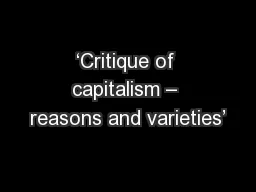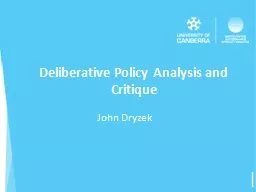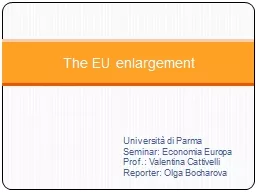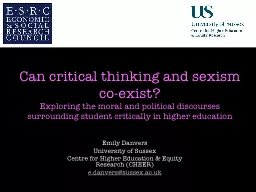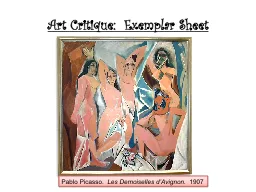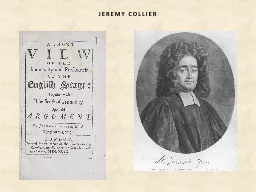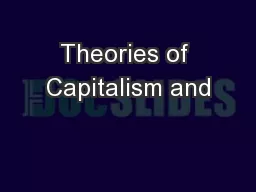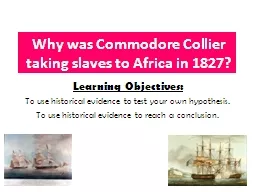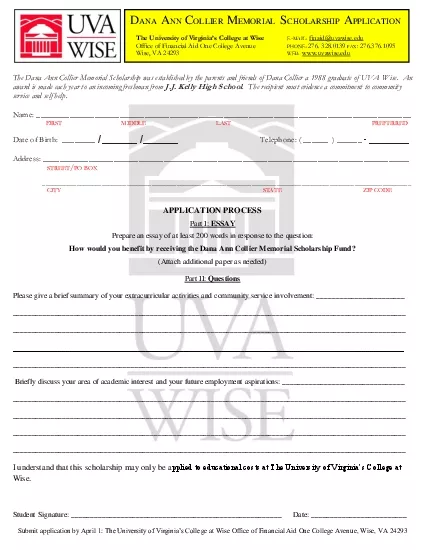PDF-In this paper I offer a critique of Collier and Hoeffler (C&H). I argu
Author : pasty-toler | Published Date : 2015-07-25
The critique is based mainly on CH 2004 which extends and revises their earlier work and on Collier 2000a which provides a more elaborate theoretical exposition
Presentation Embed Code
Download Presentation
Download Presentation The PPT/PDF document "In this paper I offer a critique of Coll..." is the property of its rightful owner. Permission is granted to download and print the materials on this website for personal, non-commercial use only, and to display it on your personal computer provided you do not modify the materials and that you retain all copyright notices contained in the materials. By downloading content from our website, you accept the terms of this agreement.
In this paper I offer a critique of Collier and Hoeffler (C&H). I argu: Transcript
Download Rules Of Document
"In this paper I offer a critique of Collier and Hoeffler (C&H). I argu"The content belongs to its owner. You may download and print it for personal use, without modification, and keep all copyright notices. By downloading, you agree to these terms.
Related Documents


